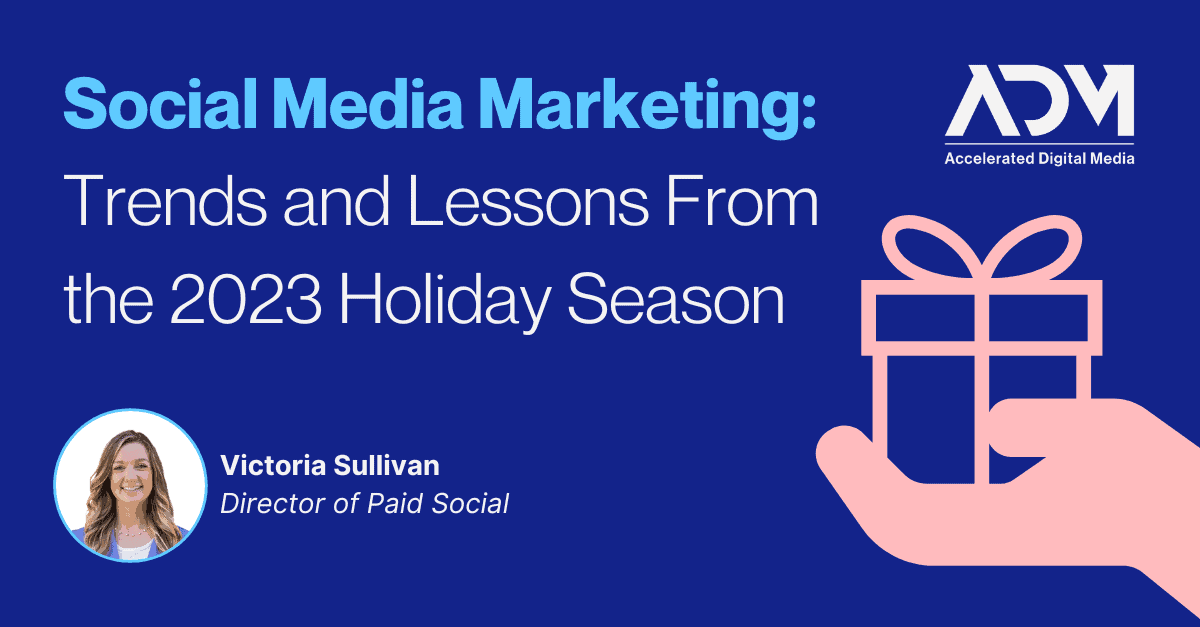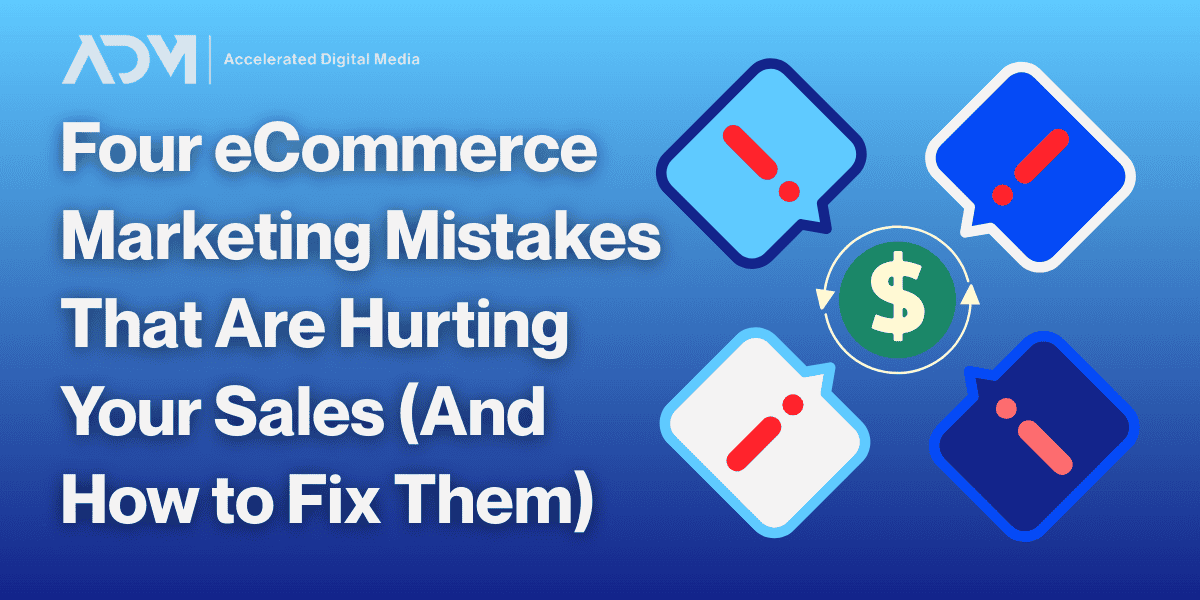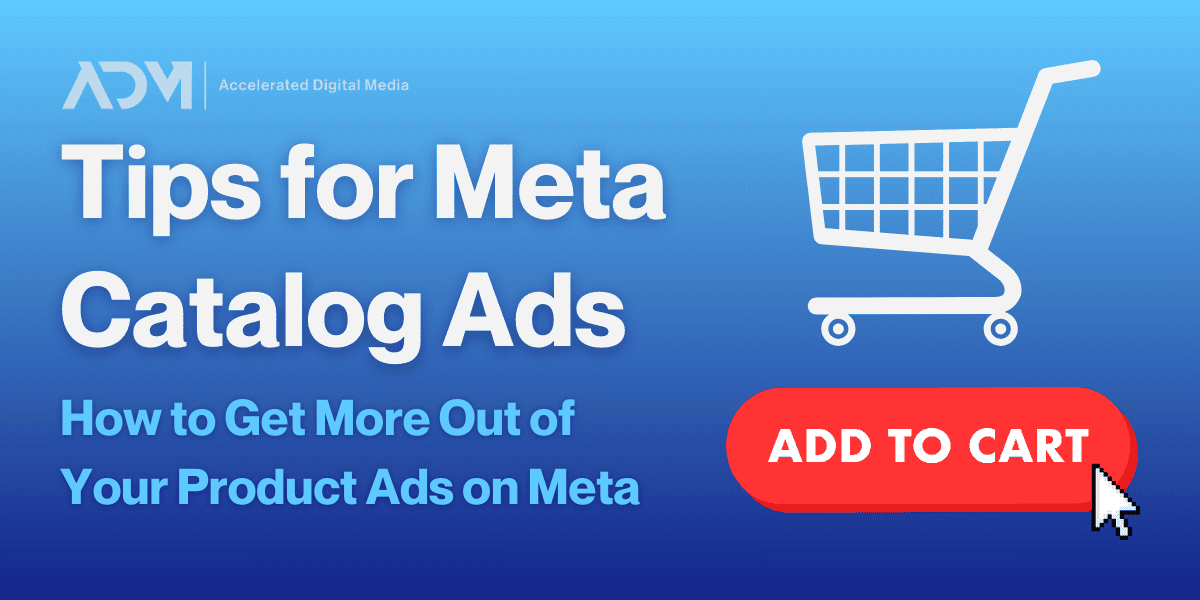The holiday season is the most pivotal time of the year for many eCommerce brands and their advertising. It’s a highly-competitive time, and it often produces fascinating insights into the trends and techniques that will carry brands through the new year all the way up to the next holiday season.
This holiday season had its unique challenges: Though inflation has slowed, user spending habits have still been somewhat erratic: Orders this year were smaller, and promotions carried the day for many brands. Still, it was a banner season for most of our clients, with some improving their December revenue year-over-year by as much as 100%.
Now that the dust has settled on the 2023 holiday push, let’s take a look at what we learned and observed on the paid social media side of things, and what it might mean for paid social advertising trends in 2024.
Holiday Season Social Media Trends
Competition Was Sky-High
Compared to the 2022 holiday season, ADM observed even more competition for ad space on social media. Cost-per-thousand impressions (CPM) numbers were up markedly in most client accounts, meaning the quality and appeal of the ad creative and offer was an even more important differentiator for brands this time around.
Promotions Had to Be Fresh and Substantial to Make a Difference
Promotions are always an important part of holiday advertising, but this year we saw a distinct trend: Mild promotions just were not going to cut it. Promotions offering less than 50% off did not produce substantial results, even if they had for the same brands in the past. During Black Friday-Cyber Monday week especially, advertisements promising 50% off or more were what found success.
We also found this year that tiered sales offers—spend $50 to get 10% off, $100 to get 15%—struggled to perform. Overall average order value (AOV) was down, likely due to discounting during the promotion season. This reinforced the trend of tiered sales with higher discount thresholds failing to produce high sales volume.
Shipping Cutoff Dates Didn’t Slow Sales
Either people didn’t care about late gifts or more people took advantage of promos to buy for themselves this year: ADM didn’t observe a huge dropoff for most brands following their advertised “ship by Christmas” date. Typically, eCommerce brands that offer highly giftable products see a surge in December performance prior to the cutoff date, followed by a dip.
But this year, eCommerce performance was generally more consistent in the latter half of December than in years prior. Perhaps all the deep discounts that brands offered were too good for many users to pass up for themselves.
Different Social Platforms Are Effective at Different Stages of the Holiday Season
The trend we’ve observed across platforms is that Pinterest has the largest planning audience. For brands whose products align with Pinterest’s audience—like housewares or apparel—it may be wise to start your paid social ads there in October or even September.
The last-minute shoppers, meanwhile, seem to be most prevalent on TikTok. That’s where we found success with last-minute pushes for gift cards and or other messaging that pushed urgency for last-minute shoppers. Meta’s platforms (Facebook and Instagram) seemed to be right in the middle, which is no surprise given their enormous and diverse audiences.
Social Media Advertising Lessons for 2024
Promotions Will Be a Story All Year
Though inflation has slowed dramatically in recent months, cost and uncertainty still seem to be top-of-mind for many buyers. We saw that reflected in the promotion trends mentioned above, as well as lower AOVs. With competition projected to remain high in digital marketing in 2024, it’s a safe bet that the brands who make the best use of promotional offers will continue to stand out.
Easy-to-understand promotions are also important. While a tiered sale might require a user to do a little mental math to figure out if it’s worth it for them to take advantage of the promotion offer, a simple and aggressive promotion like “50% off sitewide this weekend” will usually spur more users into action.
Advantage+ Will Continue to Deliver
Meta’s Advantage+ has been a boost for our social eCommerce clients, and that continued to be the case over the holidays—though its performance improvements were in line with other campaign types throughout the season. But because these campaigns are generally so effective, some brands invested more than 50% of their holiday budget in them—and we think they’ll continue to take over as the year-round standard for eCommerce efforts on Facebook and Instagram.
Time-Based Scheduling Will Become More Common on Meta
Just before Black Friday and Cyber Monday week, Meta did roll out a new time-based budget scheduling option. It allows advertisers to schedule increased budgets during certain days. This is a standard manual practice at ADM so it didn’t impact the way we do things, but it may have allowed some advertisers to be more hands-off during the holiday season. ‘
With an automated feature now in place, more brands throughout the industry might put more emphasis on time-based spending around seasonal selling events, causing even more competition. But we believe effective eCommerce marketing is all about efficiency, and budget increases should depend on looking at the data, so ADM opted not to replace our manual process with this feature in 2023.




